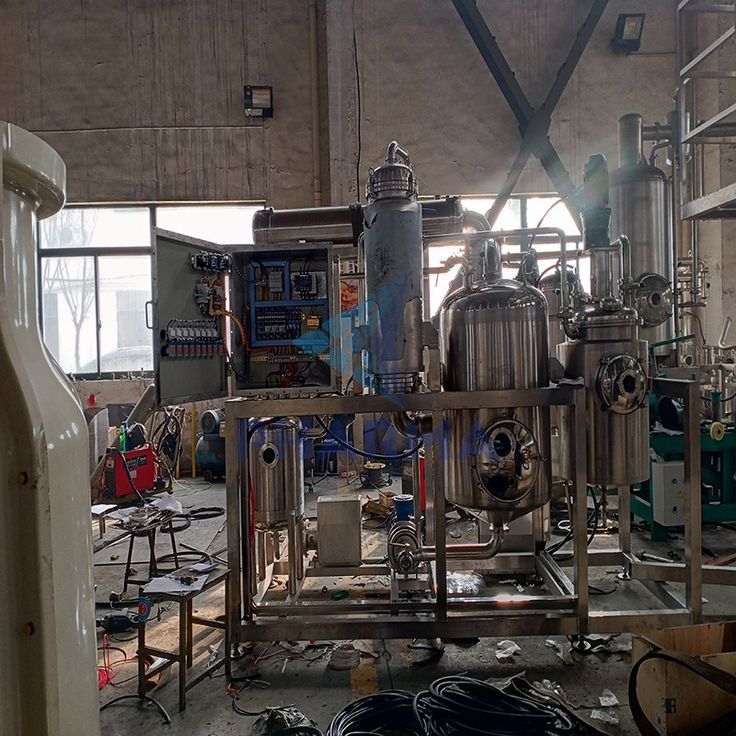Conducting a Preliminary Site Investigation (PSI) is a crucial step in assessing potential development or remediation projects preliminary site investigation. This initial investigation helps identify potential risks and informs decision-making. Whether you’re a developer, environmental consultant, or project manager, following best practices will ensure your PSI is effective and comprehensive. Here’s how to conduct a successful Preliminary Site Investigation.

1. Define Objectives Clearly
Before starting your investigation, outline clear objectives. Are you assessing environmental contamination, evaluating site suitability for a specific project, or identifying regulatory compliance issues? Clear goals will guide your investigation and help focus your efforts on what’s most relevant.
2. Assemble a Qualified Team
Engage professionals with expertise in geology, environmental science, and engineering. Your team should have experience with local regulations and site-specific challenges. Collaborating with specialists will provide a comprehensive understanding of potential issues and solutions.
3. Gather Background Information
Start with desk research. Collect existing data about the site, including:
- Historical records: Review past land use and ownership, which can reveal contamination risks.
- Regulatory documents: Check for existing permits or past compliance issues.
- Geological and hydrological studies: Understand the site’s physical characteristics and potential environmental impacts.
4. Conduct a Site Visit
A thorough site visit is essential. During your visit, observe the following:
- Site features: Identify buildings, water bodies, vegetation, and any signs of contamination (e.g., stains, odors).
- Surrounding areas: Evaluate neighboring properties and potential sources of contamination.
- Access points: Determine how accessible the site is for future investigations and remediation efforts.
5. Perform Preliminary Testing
Depending on your objectives, consider conducting preliminary testing, such as:
- Soil sampling: Analyze for contaminants like heavy metals or hydrocarbons.
- Groundwater testing: Check for pollutants that may have leached into the water table.
- Air quality assessment: Measure for volatile organic compounds (VOCs) or other hazardous materials.
Choose appropriate methods and labs to ensure reliable results.
6. Evaluate Potential Risks
Analyze the data collected to identify potential risks associated with the site. Consider factors such as:
- Contamination levels: Compare results to regulatory standards.
- Site usage: Assess how current and future land use might impact safety and compliance.
- Mitigation strategies: Identify possible remediation or mitigation measures for any risks found.
7. Prepare a Comprehensive Report
Document your findings in a detailed report. This should include:
- Executive summary: A high-level overview of the investigation.
- Methodology: Describe how the investigation was conducted and the tools used.
- Findings: Present data and observations clearly, supported by visuals if necessary.
- Recommendations: Provide actionable suggestions based on your findings.
8. Engage Stakeholders
Communicate your findings with stakeholders, including local authorities, community members, and project investors. Transparency is key; ensure everyone understands the potential risks and proposed actions. This engagement can help build trust and facilitate smoother project progression.
9. Plan for Further Investigation if Needed
If your PSI uncovers potential issues, be prepared to plan for more detailed investigations. This might include:
- Phase II Environmental Site Assessments (ESAs): If contamination is suspected, further sampling and testing may be necessary.
- Detailed feasibility studies: Assess the economic and technical viability of potential remediation efforts.
10. Stay Compliant with Regulations
Ensure that your investigation complies with local, state, and federal regulations. Keeping abreast of changes in legislation will help you avoid pitfalls and ensure your project moves forward smoothly.
Conclusion
Conducting a successful Preliminary Site Investigation is foundational to any development or remediation project. By following these best practices, you can identify potential risks early, make informed decisions, and set the stage for a successful project. Remember, thoroughness in your investigation today can save time, resources, and headaches tomorrow.